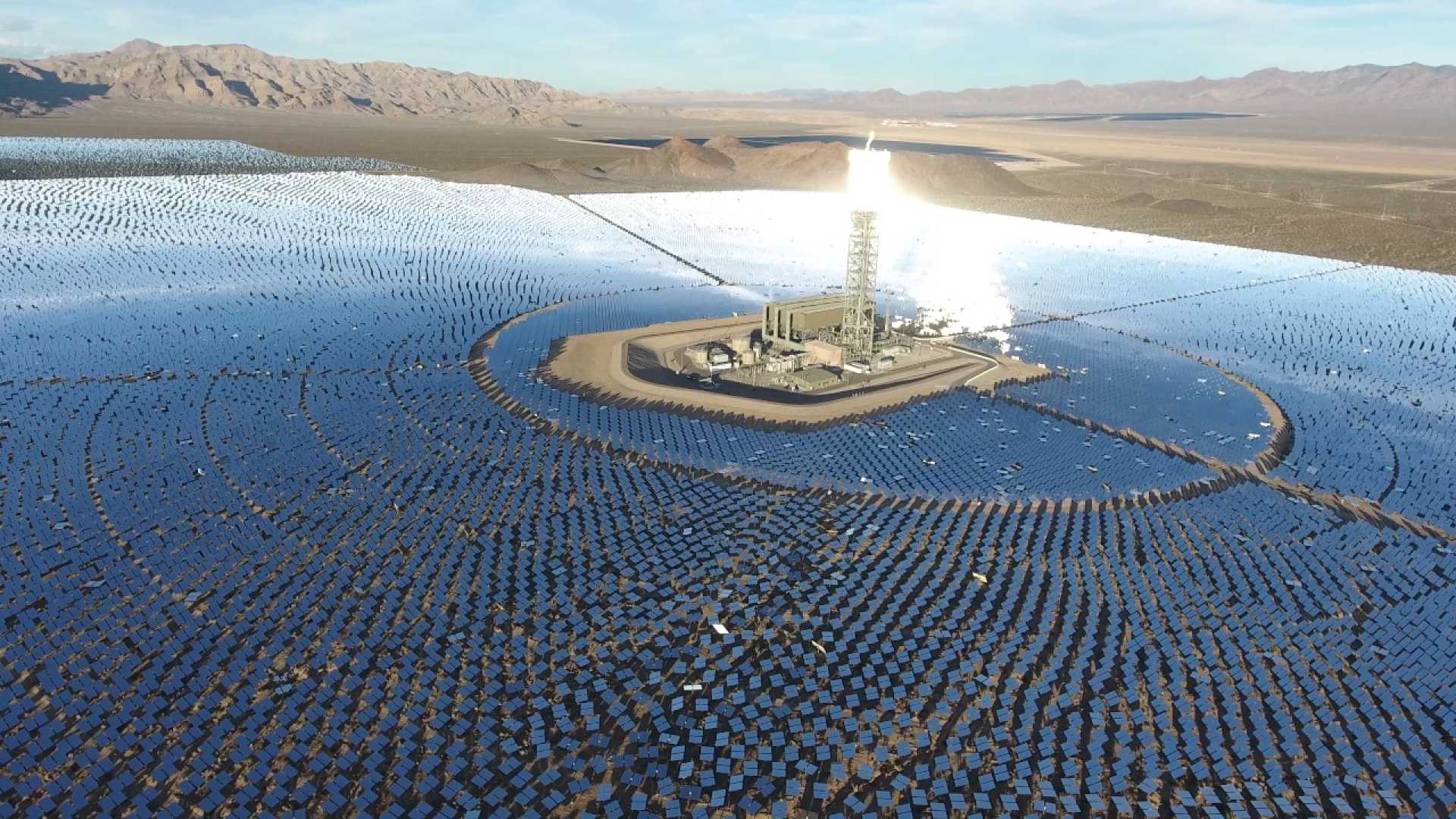World’s Largest Solar-Thermal Plant Faces Closure Amid Environmental Concerns

LOS ANGELES (AP) — The Ivanpah Solar Electric Generating System, once the world’s largest solar-thermal power plant, is on track for closure just 11 years after its celebrated opening. Located in California’s Mojave Desert near the Nevada border, the plant has struggled to compete with cheaper solar technologies while facing criticism for its environmental impact, including the deaths of thousands of birds and tortoises.
The plant, which spans roughly 5 square miles of federal land, uses nearly 350,000 computer-controlled mirrors to reflect sunlight onto boilers atop 459-foot towers. The heat generates steam, which drives turbines to produce electricity. Despite its innovative design, the plant has been unable to keep up with the rapid advancements in photovoltaic solar technology, such as rooftop panels, which are more cost-effective and efficient.
Pacific Gas & Electric (PG&E), one of the plant’s primary power purchasers, announced it had agreed with owners, including NRG Energy Inc., to terminate its contracts with Ivanpah. If approved by regulators, the deal would lead to the closure of two of the plant’s three units starting in 2026, more than a decade earlier than expected. Southern California Edison, which buys the remaining power, is also in discussions to buy out its contract.
“PG&E determined that ending the agreements at this time will save customers money,” the company said in a statement. NRG Energy echoed this sentiment, stating that while the project was successful, it could no longer compete with the lower costs of photovoltaic technology and battery storage.
Environmental groups have long criticized the plant for its impact on the fragile desert ecosystem. The Sierra Club’s Julia Dowell called Ivanpah a “financial boondoggle and environmental disaster,” citing the destruction of pristine desert habitat and the deaths of wildlife. The plant’s mirrors have also been blamed for incinerating birds that fly into the concentrated beams of sunlight.
Despite its challenges, Ivanpah remains a striking landmark for drivers along Interstate 15, its vast array of mirrors creating a shimmering, lake-like illusion on the desert floor. If the plant closes, NRG has suggested the site could be repurposed for photovoltaic energy production, though details remain unclear.
The plant’s struggles highlight the rapid evolution of renewable energy technology and the challenges of balancing large-scale projects with environmental sustainability. As the world transitions away from fossil fuels, Ivanpah’s story serves as a cautionary tale about the need for innovation and adaptability in the clean energy sector.
